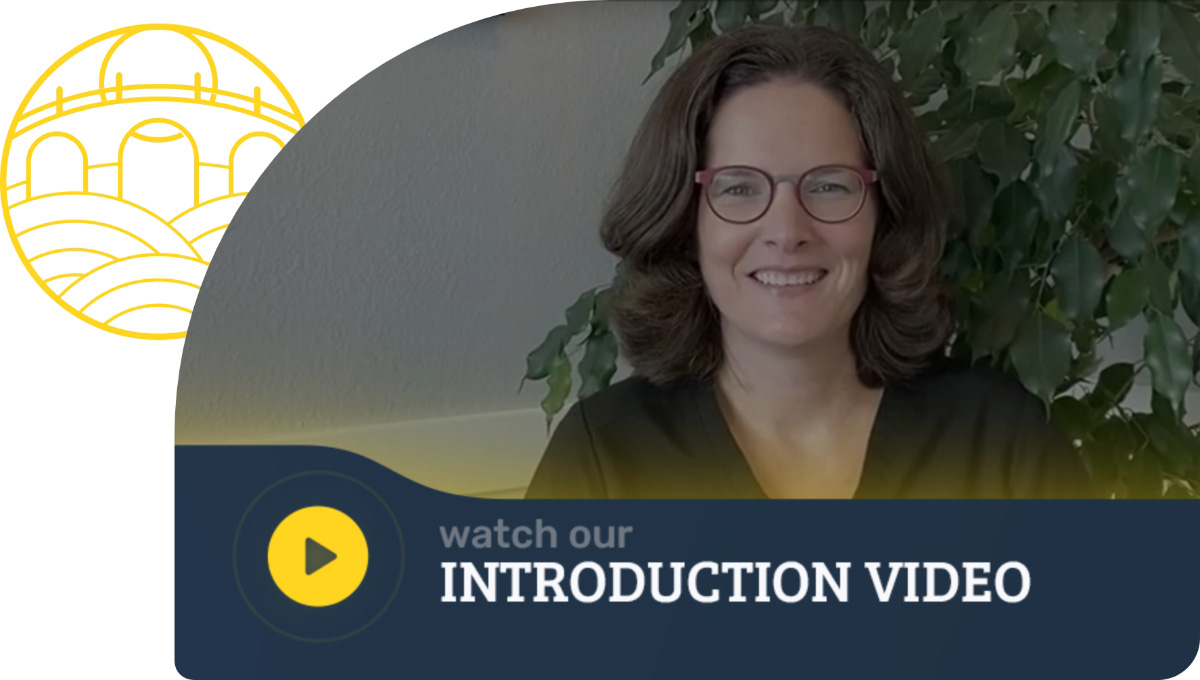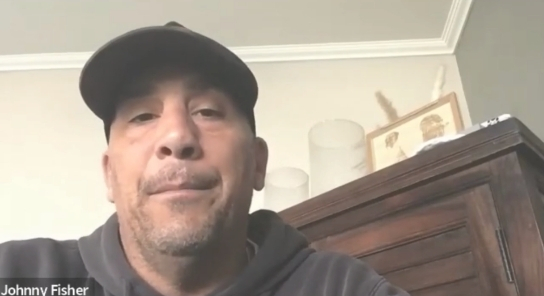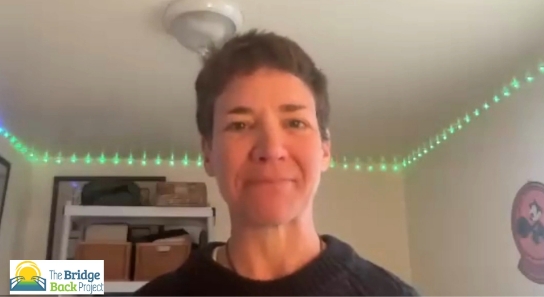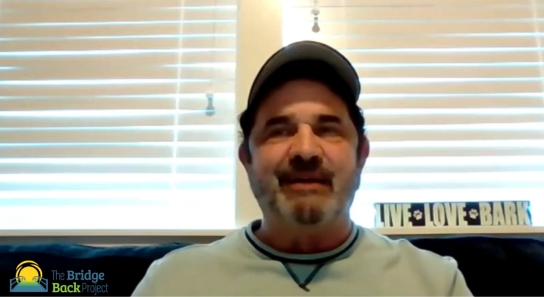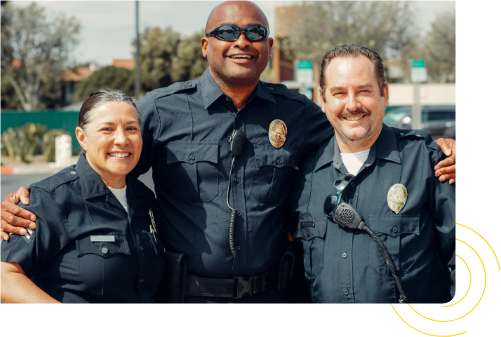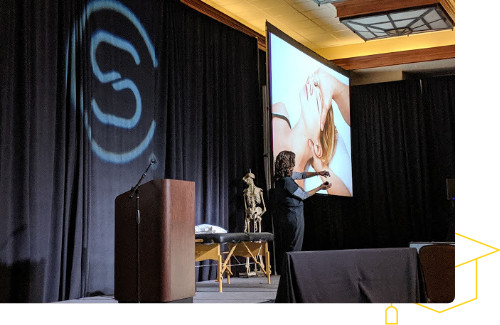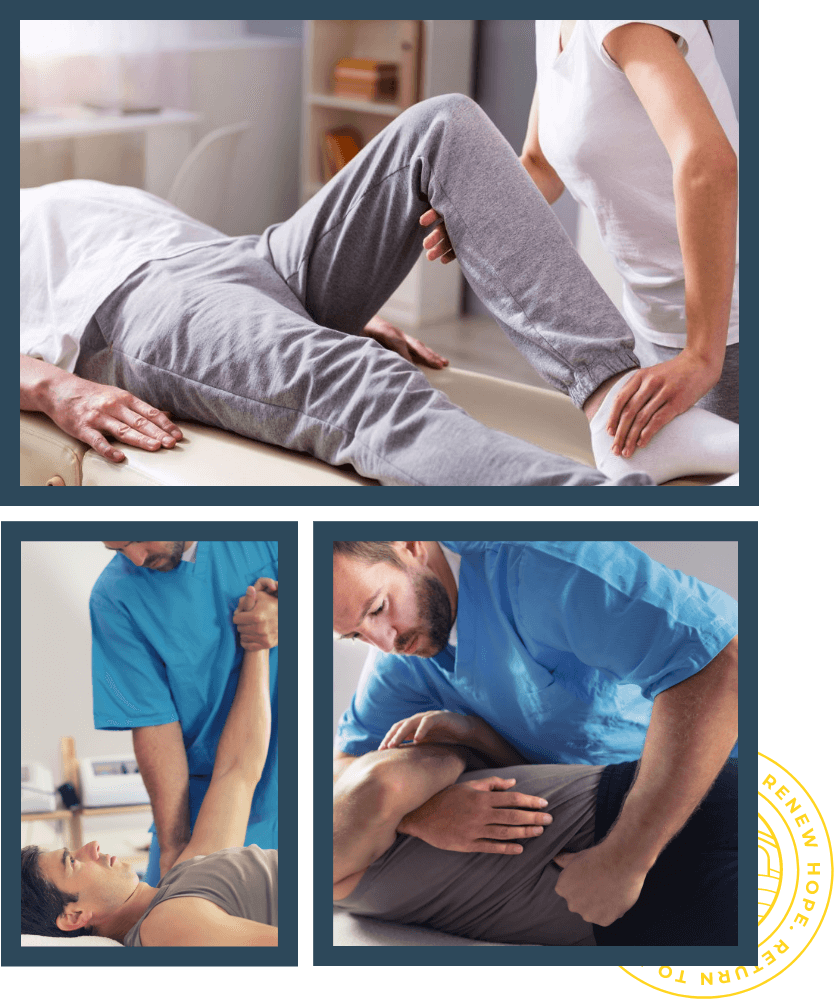When we experience trauma - physical or mental - our body is designed to memorize that experience so that it is ready and prepared for a next time. Our bodies are brilliant at compensating and self-protecting when we are injured just like our nervous systems skilled at scanning for new dangers that look like something negative we've experience. However, when our body and systems get stuck in these states of compensation or over-protection instead of healing and returning to a healthy baseline, we experience our system's in dysfunction. A prolonged state of dysfunction affects blood flow, causes inflammation, and prevents the body from benefitting from it's strong, natural ability to heal. This 'reflexive physiological response' can be restored or normalized by a specialized but little known physical medicine technique called Fascial Counterstrain.
After treatment, many people report reduction in pain, improvement in sleep, better organ function, and restored mental and emotional stability due to nervous system regulation. Counterstrain involves a series of gentle hands-on adjustments to reduce inflammation and release tension in the fascia around inhibited physical structures. Treatments are painless, relaxing, and typically last 60 minutes.
